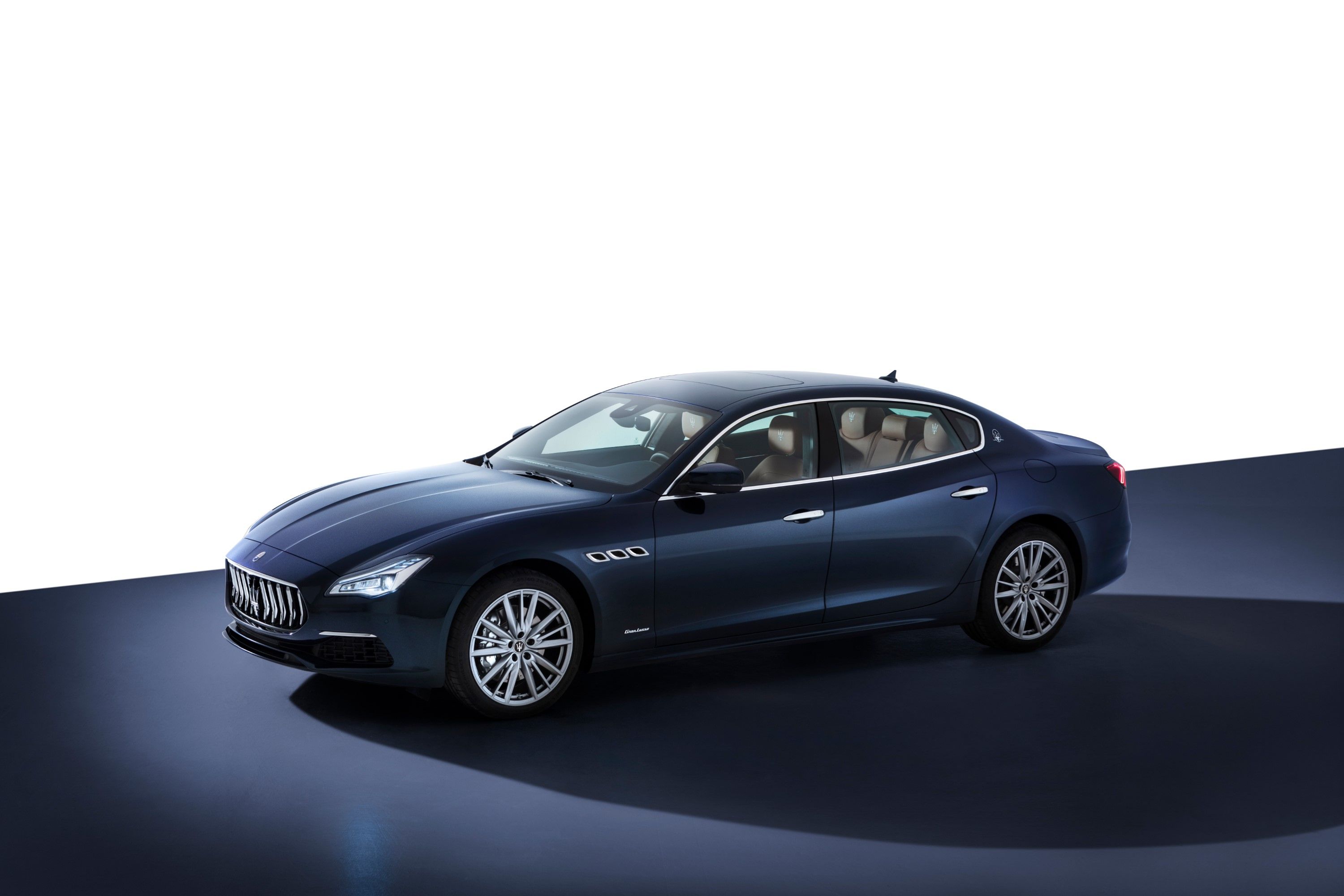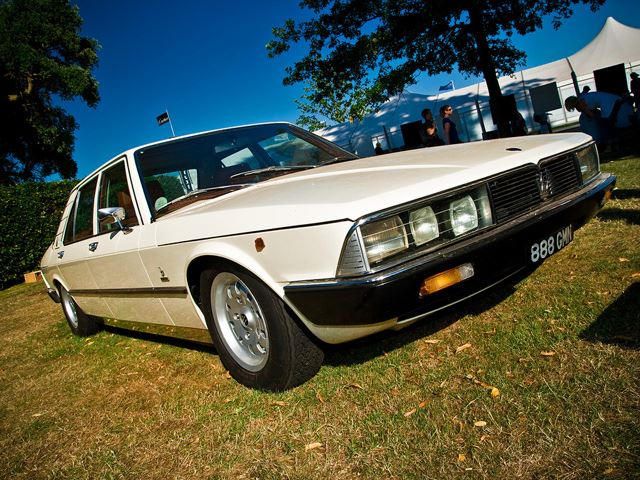
Just before the first-gen Quattroporte went out of production, the hierarchy at Maserati changed substantially. Long-time boss Adolfo Orsi was still at the top, though now had to take commands from the board at new owner Citroen. Having a mainstream company like Citroen at the helm of such a high-end company was an odd move (though Fiat acquired a controlling stake in Ferrari at roughly the same time, it didn't completely own it).
But Citroen was now fully in charge, and – as perhaps expected from a company renowned for its pioneering heritage – it had ambitious plans for Maserati. Things started normally at first, with the inaugural model from the Citroen-managed Maserati being the Indy (in essence, a four-seater variation of the Ghibli grand tourer). However, the quirky touch of Citroen soon began to emerge: two mid-engined supercars (the Bora and the Merak) were introduced, as was the highly-advanced Khamsin that used complex hydraulics to actuate the brakes, clutch, power-steering and even the pop-up headlamps!
Whilst an unusual direction for Maserati to go in, the more oddball approach seemed to work – there was enough demand for the Merak, for instance, for production to continue until the early 1980s. As a result, Citroen must have felt confident with the second-generation Quattroporte it was developing. You certainly needed bravado to pull off pitching the new Quattroporte's powertrain. Instead of an existing Maserati chassis, the new sedan would be heavily based on Citroen's radical SM – meaning the QP would be Maserati's first ever front-wheel drive model.
The new Quattroporte would also be embellished with all the details that had been present on big Citroens for years, from the sophisticated hydraulics to headlamps that swivelled with the steering. Even a highly-advanced, 290-hp V8 engine was commissioned for the car, with a prototype motor running by 1974. All of this would have made the Quattroporte one of the most distinctive cars on sale (as well as pave the way for Citroen's planned four-door SM). However, things didn't exactly pan out that way, due to events far outside Citroen's and Maserati's control. The 1973 stock market crash and the following oil crisis had a huge impact on Citroen, Maserati and indeed every other maker of gas-guzzling cars.
The crises had a particularly hard effect on Maserati – sales dried up, and the firm wasn't able to recoup the vast sums of money it had poured into the Quattroporte's development. It also didn't help that, when the Quattroporte was eventually ready, it wasn't exactly what people wanted. Few admired the bulky Bertone styling, for instance, and the 210-hp V6 lifted from the SM (a far cry from that promising V8) struggled to shift the Quattroporte's vast bulk. By that time, though, Maserati was on the verge of collapse. Citroen had filed for bankruptcy in 1974, and the heavily-indebted Maserati was sold off a year later to a consortium lead by Alejandro de Tomaso and the Italian government.
Under de Tomaso's stewardship, the second-generation Quattroporte finally saw the light of day, though only for a brief time and in tiny production numbers – only twelve customer cars were built between 1976 and 1978. One can only imagine how the Quattroporte would have fared, had things panned out differently. Would it have made Maserati a world-beater, or was the second-gen QP destined to flop from the very beginning? It's a shame that we never got the chance to find out. This whole palaver, though, didn't put de Tomaso off making a new Quattroporte. And, perhaps wisely, he didn't take big risks with this one.

